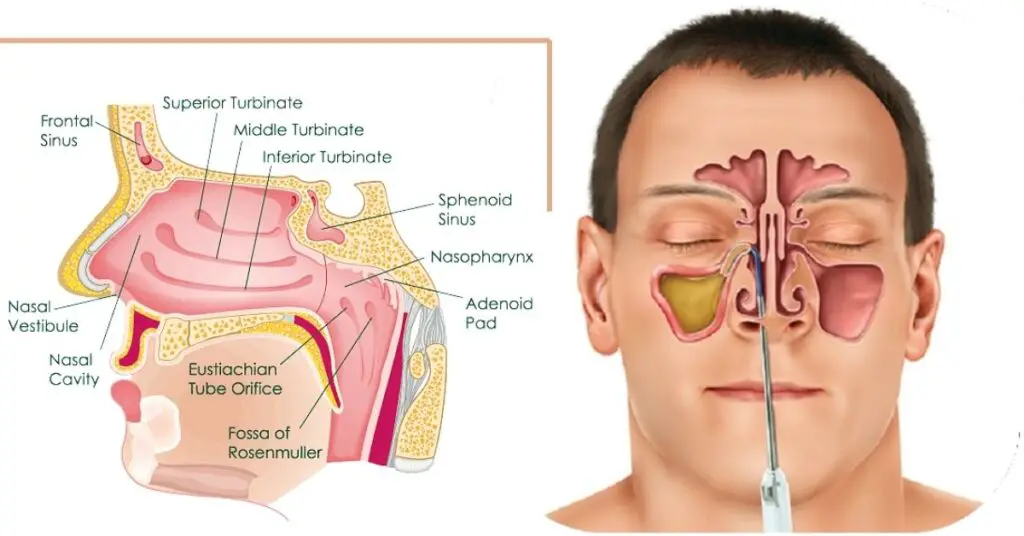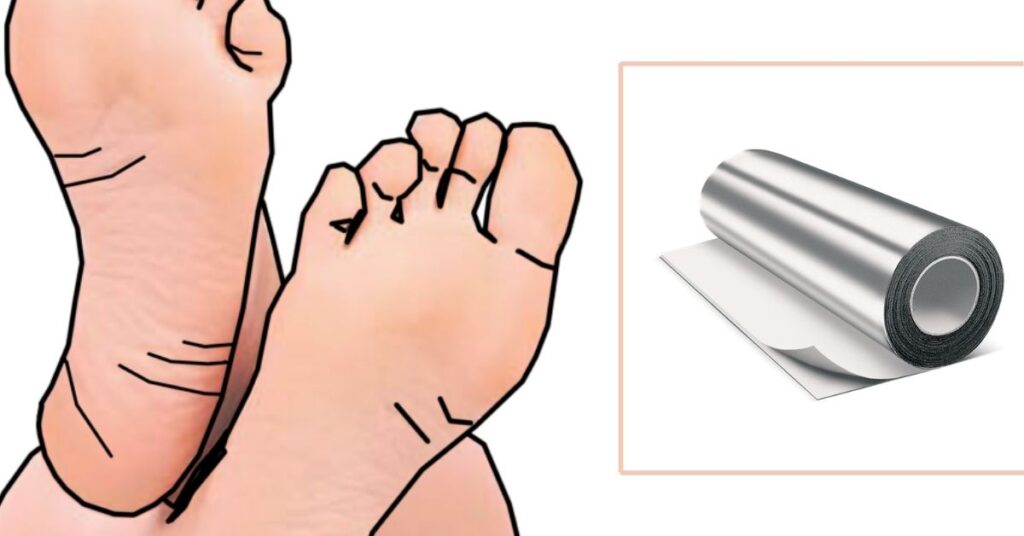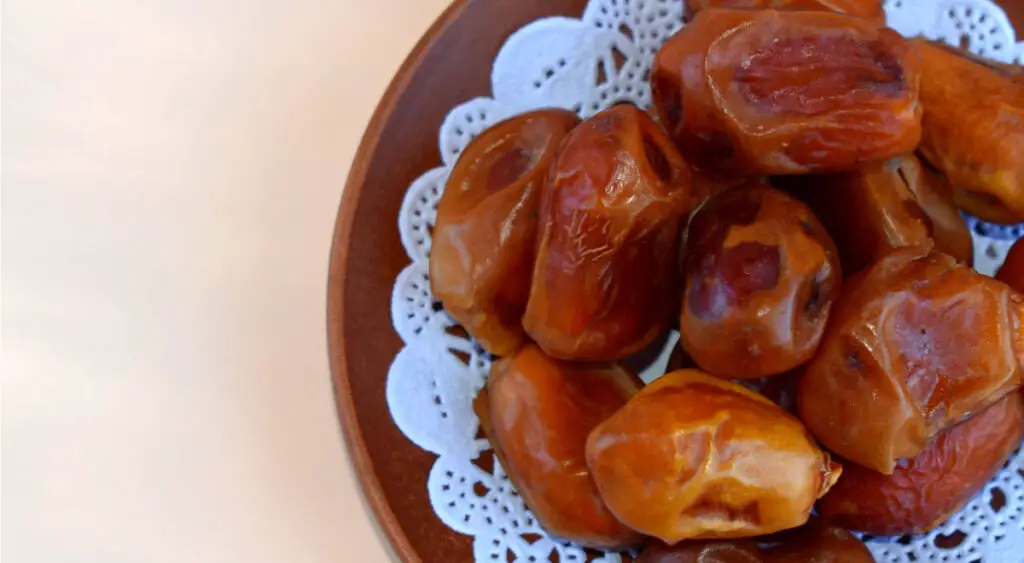If you are suffering from knee pain, you’re not alone. It is one of the most common types of pain that people experience. Fortunately, there are several things that you can do to get rid of your knee pain fast, without using ice or medications. In this blog post, we will discuss some strategies for knee pain relief. We hope that this information will help you to find relief from this uncomfortable condition!
Knee pain can be caused by a variety of factors
As we age, our joints become less lubricated and the cartilage that cushions them starts to break down. This is called knee osteoarthritis and it leads to pain, stiffness, and swelling in the knees.
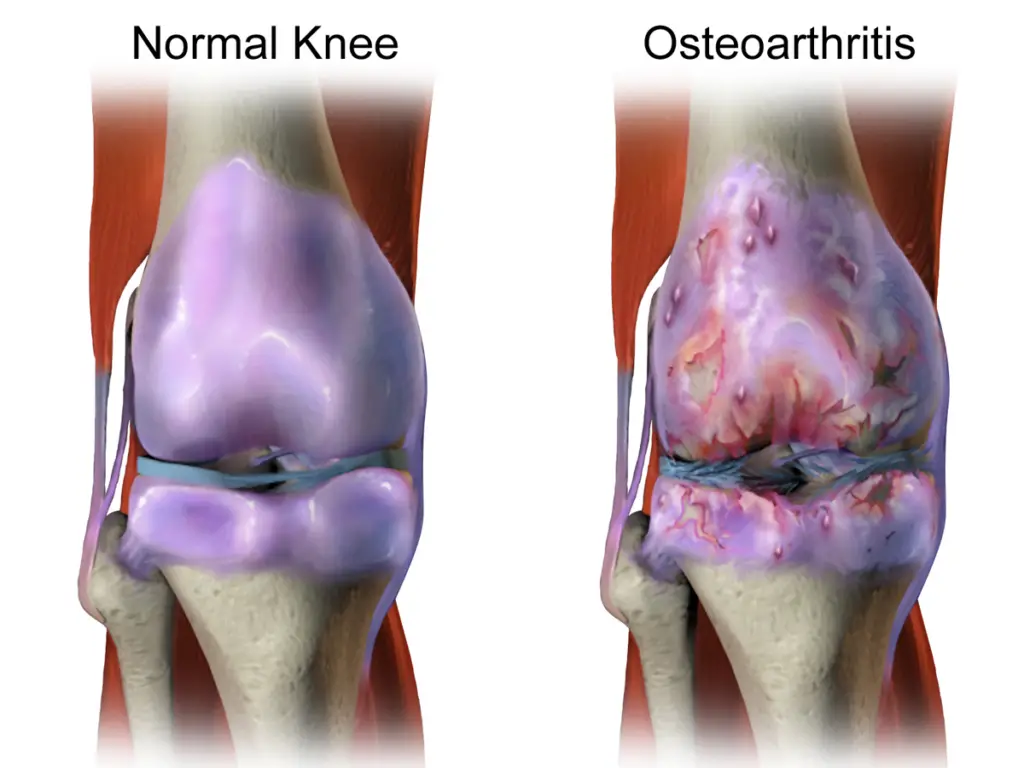
Injury is another common cause of knee pain. Whether it’s a sports injury, a car accident, or a fall, any type of trauma to the knee can cause damage to the ligaments, tendons, or cartilage.
And finally, repeated stress on the knee can also lead to anterior knee pain. This is often seen in people who participate in high-impact activities like running or basketball, but it can also be seen in people whose jobs involve a lot of kneeling or squatting.
Whatever the cause, knee pain can be debilitating and make it difficult to live a normal life.
Things to avoid if you suffer from knee pain
Don’t stop being active
If you are dealing with knee pain, it can be tempting to rest and avoid putting any strain on your injured joints. However, this isn’t necessarily the best approach, as staying off your feet for too long can actually make your symptoms worse. Instead, it is important to stay active and seek out areas of movement that won’t put excessive pressure on your knees.
Reduce the chance of falling
Additionally, taking steps to prevent falls – such as using appropriate support and wearing proper footwear will keep you safe while allowing you to continue with daily activities.
Avoid gaining weight
Gaining weight can make knee pain worse. Maintaining a healthy weight is essential for keeping your knees healthy and strong. Even a small amount of weight loss can make a big difference in reducing knee pain and improving mobility overall.
Or try to lose weight
Losing weight can make a significant difference in your life. You don’t have to achieve your weight loss goal to notice benefits. Losing a modest amount of weight might help relieve knee pain, reduce stress on your joints, and of course enhance your general health.
With these strategies in mind, anyone dealing with severe pain can find relief and stay active without sacrificing their comfort or safety.
Knee pain treatments at home
Knee compression sleeves
Knee sleeves are commonly used by athletes to provide support and compression for the knee joint. They are also frequently used by individuals who have experienced a minor injury or are suffering from knee osteoarthritis. A study from 2017 found that compression garments help with recovery after exercise. This was especially true after strength exercises.
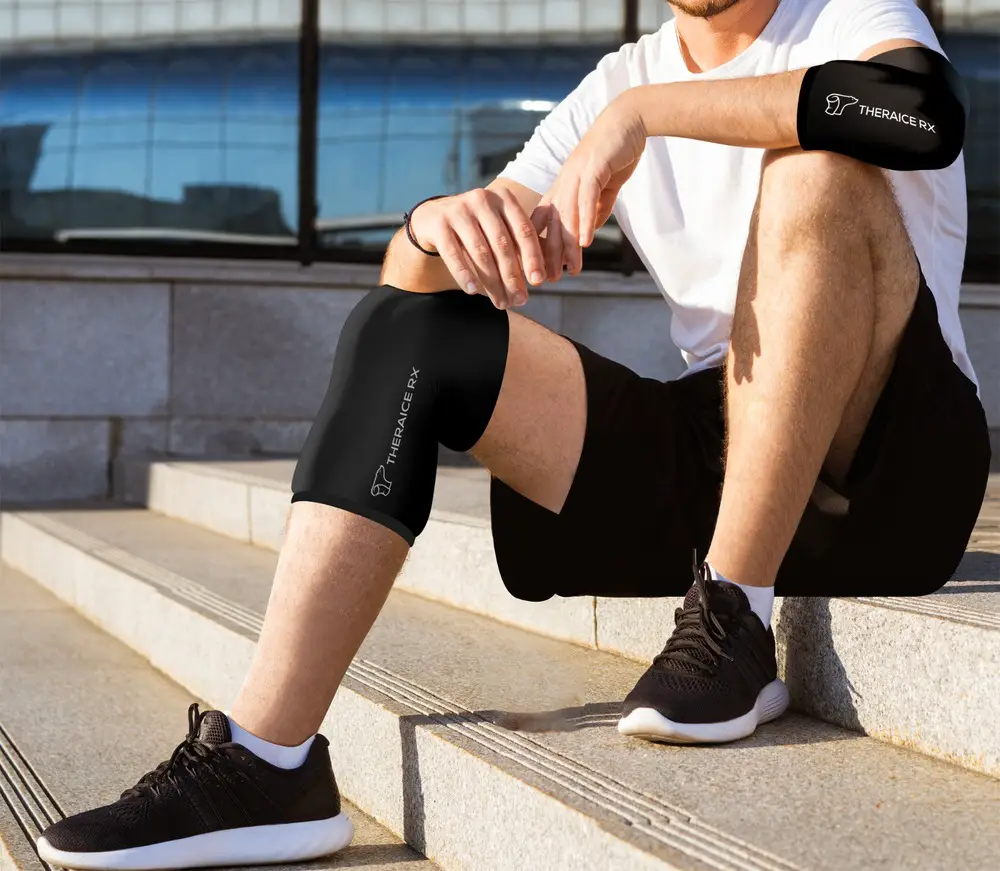
While knee sleeves can provide many benefits, it is important to ensure that they do not limit movement in any way. The compression bandage increases the blood flow to the area to reduce pain and prevent swelling after workouts. Additionally, the support offered by a knee sleeve can help to prevent future injuries. However, if a knee sleeve is too tight or restricts movement in any way, it can actually cause more harm than good.
It is important to consult with a doctor or physical therapist to ensure that a knee sleeve is being used correctly and is the right fit for your individual needs.
Ice or Heat for Knee Pain
Ice and heat are two popular treatments for knee pain, but which one is better really depends on the situation. For acute pain due to an injury or overuse, ice may be preferable, as it helps to reduce pain, swelling, and inflammation.
On the other hand, if you are dealing with chronic knee pain or arthritis, then heat may be more effective, as it can help to increase blood flow and promote healing. Additionally, while most people will find that they experience immediate relief when icing a strained knee or joint, the effects of heat can take longer to appear, but they also tend to last longer.
Ultimately, the best choice depends on your individual symptoms and needs, so it is important to consider your specific condition before choosing between ice and heat to reduce pain. Don’t forget that you must get your knee pain medically reviewed by a professional before you decide to use either cold or hot therapy.
Heat therapy (thermotherapy)
Applying heat to a sore knee can be an effective way to help relieve certain types of pain and discomfort. While the overall effects of applying ice are more commonly known, heat can also be helpful in certain circumstances. For example, unlike ice, heat increases the blood flow to the joint by dilating the blood vessels in the area.
This type of treatment is generally not ideal for acute injuries, since reducing inflammation is often the primary goal in these cases. However, when dealing with a chronic issue like knee osteoarthritis or bursitis, applying heat can provide some much-needed relief. By increasing blood flow and bringing nutrients to the damaged tissues, a few minutes spent with a heating pad, hot towel, or maybe a hot water bottle on your knee can make all the difference in helping your body heal and recover.
So if you’re dealing with a chronic condition that causes inflammation or irritation in your knee, don’t shy away from using heat as part of your treatment plan – it just might be what you need to feel better.
Ice therapy (cryotherapy)
Many people suffer from knee osteoarthritis, a condition that causes inflammation and joint pain. Arthritis pain can be debilitating, making it difficult to perform even the simplest tasks. While there are many treatments available, some can be quite costly. A cold compress is an inexpensive and effective way to relieve arthritis inflammation. The cold temperature helps to numb the pain and reduces inflammation.
The general recommendation is to use the ice pack for no more than 20 minutes at a time, followed by a break of at least 20 minutes before reapplying the cooling pack. Furthermore, you should not apply the cold pack more than 8-10 times in a 24-hour period. While these restrictions may seem restrictive, they are useful guidelines that help ensure safe and effective use of an ice or cold pack.
Why is it a bad idea to use ice?
Any medical professional will tell you that applying ice directly against the skin can be extremely dangerous. The icy temperatures can cause frostbite, which can lead to permanent tissue damage. In addition, the ice can also cause the blood vessels in the skin to constrict, leading to reduced circulation and an increased risk of infection.
While using ice on your knee can be an effective way to treat aches and pains, there are a number of challenges that come with this approach. For one thing, the process of applying iced compressions to your knee is often messy and can result in you getting wet, which can be uncomfortable and cumbersome.
In addition, ice cubes tend to slip and slide around on furniture surfaces, leaving behind water stains that are difficult to clean. And even if you manage to avoid these setbacks, it is still often challenging to keep a constant supply of ice in your freezer at all times.
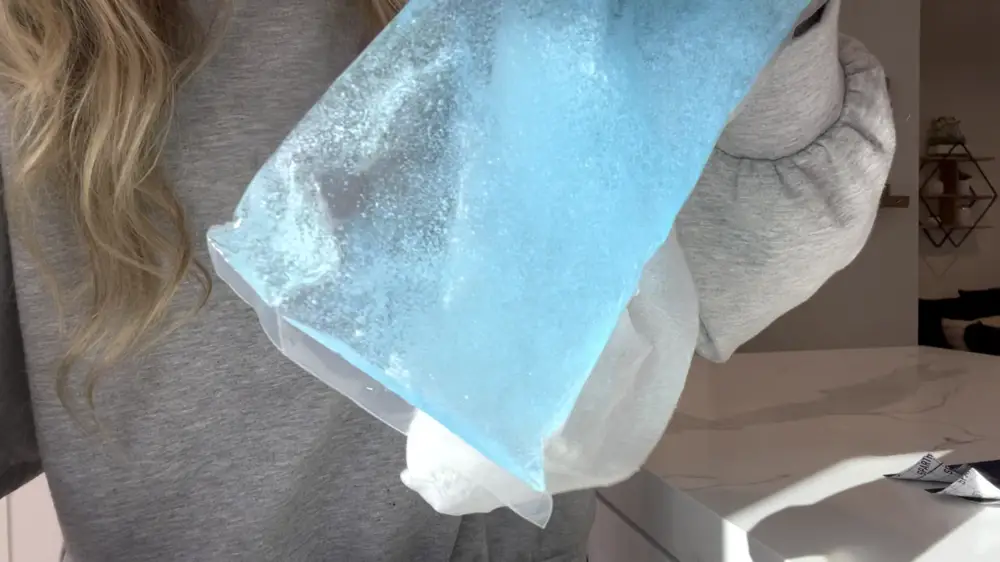
Ultimately, then, although using ice for knee pain has its benefits, it is not always the most practical option.
The perfect all-in-one knee pain solution
Today, however, massive advancements have been made in medical science and technology that make pain relief easy and effective – introducing TheraICE Hot/Cold Compression Sleeve.
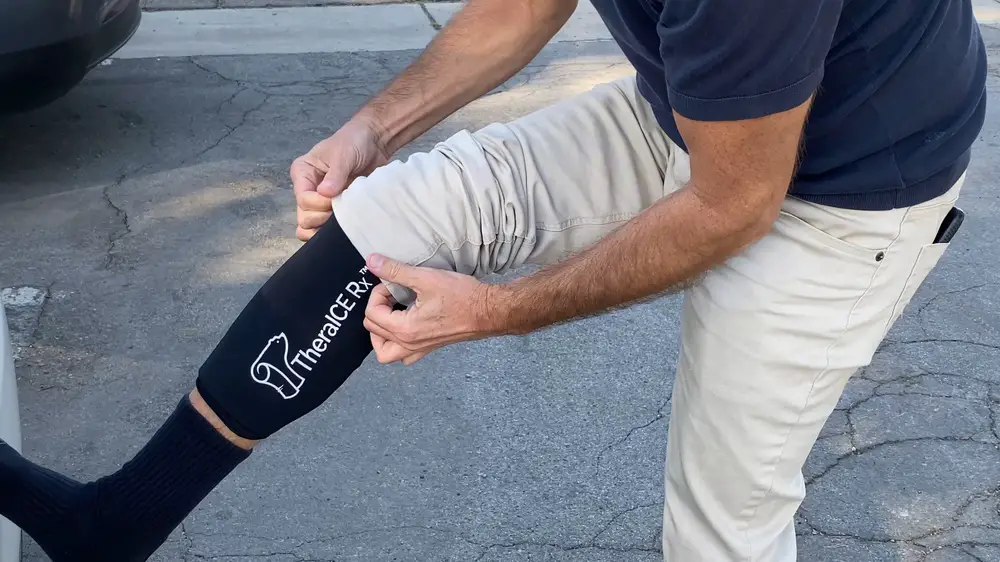
TheraICE is the perfect solution to ease your pain. It’s easy to apply and provides cold or hot therapy around the entire knee, hitting all the right spots. Plus, it stays in place while you move and walk around so you can continue to be mobile and comfortable.
With its 360-degree coverage, it applies cold therapy around the entire knee, ensuring it hits all the right spots.
Get back to your life with ease – order your TheraICE Sleeve today!
What conditions can exercise help?
The good news is that there are a number of exercises that can provide knee pain relief. These exercises help to stretch and strengthen the muscles around the knee, which can improve alignment and reduce strain on the joint.
Additionally, these exercises can help to increase range of motion and improve flexibility. For people suffering from patellofemoral pain, knee exercises can be an invaluable tool in pain relief and improving their quality of life.
Stretching and strengthening exercises
Stretching and strengthening exercises, for example, can help improve the condition of your knees over time. By stretching the muscles and tendons around the knee, you can increase flexibility and reduce the risk of injuries.
Strengthening exercises, meanwhile, help to build up the muscles that support the knee joint, resulting in greater stability and reduced pain. When performed on a regular basis, these exercises can provide pain relief and help keep your knees healthy. In addition, they can also help to prevent further damage to the knee joint, making them an essential part of any knee injury prevention or rehabilitation program.
Foods that can ease knee pain
When it comes to reducing inflammation and easing joint pain, there are certain foods that can be especially beneficial. For example, cold-water fish like salmon and sardines are high in healthy fats known as omega-3 fatty acids, which have been shown to reduce inflammation.
In addition, many fruits and vegetables are rich in antioxidants, compounds that help fight inflammation. Citrus fruits like oranges and grapefruits contain a powerful antioxidant called quercetin that has been shown to be effective in reducing inflammatory chemicals.
Furthermore, foods high in natural anti-inflammatory compounds like turmeric, ginger, and celery are also recommended for treating knee osteoarthritis. Ultimately, incorporating plenty of anti-inflammatory foods into your diet can go a long way towards helping to reduce inflammation and relieve pain.
If you are suffering from knee pain, there are a few things that you can do to help ease the pain. First, try to avoid stopping all activities altogether. This may seem like it would help, but in reality, it will only make the problem worse. Second, take measures to reduce your chance of falling and injuring yourself further. Finally, if you have gained weight recently, try to work on losing some pounds.
There are many treatments for knee pain that can be done at home including using ice or heat packs, wearing compression sleeves, and doing stretching and strengthening exercises.
Additionally, there are certain foods that can help relieve pain. The TheraICE Hot/Cold Compression Sleeve is a great solution that provides cold or hot therapy around the entire knee and stays in place while you move to help you get back to your life with ease. So if you are suffering from knee pain, try these tips and consider using TheraICE today!
Buy 2 TheraICE Rx Sleeves Now and Get 1 FREE!


